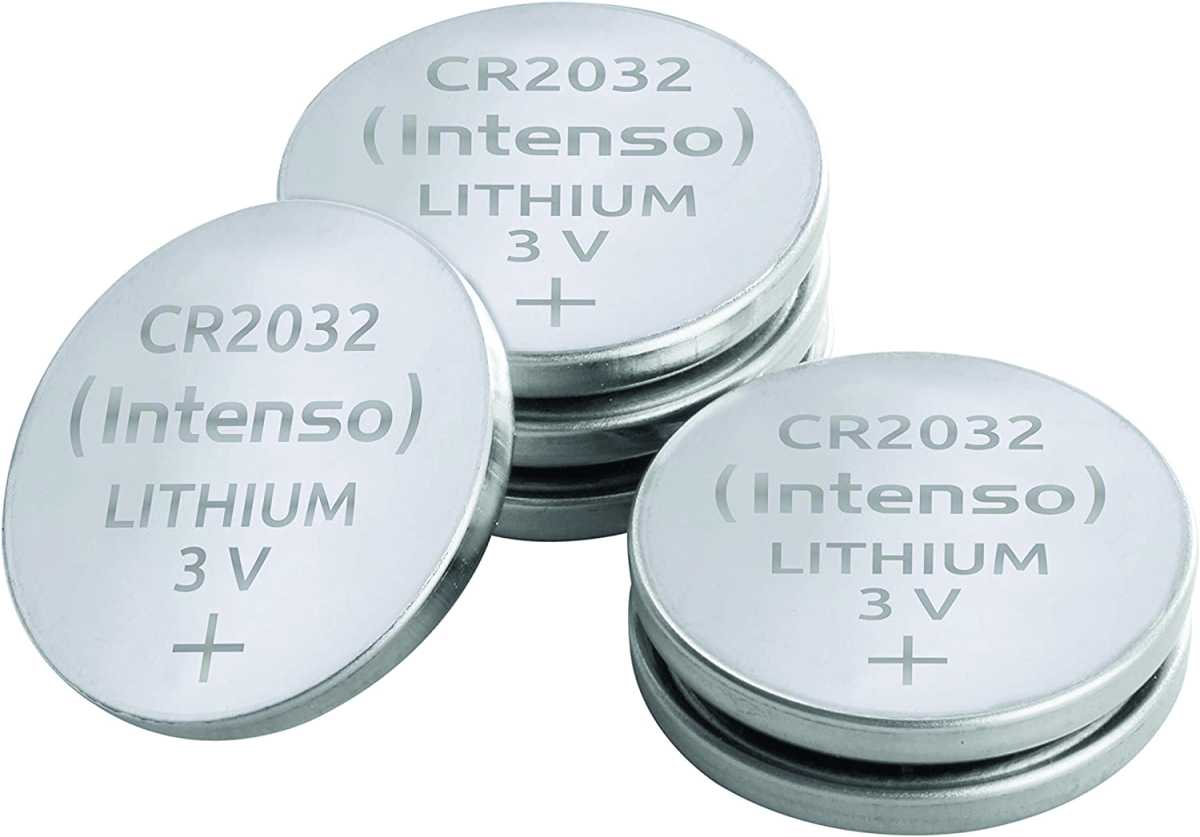When you disconnect your computer’s power supply from the wall, it jumps in to save your BIOS or UEFI settings in your motherboard’s CMOS-RAM (Complementary Metal-Oxide-Semiconductor). But even the most reliable battery only has a certain lifespan. Over time, a CMOS battery’s performance can degrade and, in the worst case, can up the ghost before your motherboard is ready to say goodbye.
If that happens, the CMOS memory chip can no longer hold your BIOS settings between power cycles, resulting in a full BIOS reset. Gross. To counteract this, it’s helpful to check the CMOS battery periodically. And the good news is you don’t need highly specialized equipment to do it.
A simple method is to disconnect the PC from main power overnight. The next morning, if your computer does not require you to reset the date and time, and the operating system starts without any obstacles, then the battery is probably still flawless.
But if the date and time have to be reset every time the computer is started, or if the BIOS settings have been reset to the default settings, it is probably time for a battery change.
Further reading: The best gaming motherboards for Intel and AMD

It is only thanks to the CMOS battery that the Bios or Uefi can hold settings and data such as time and date. If the battery is weak, they will be lost.
IDG
The replacement itself is usually pretty simple. Finding the CMOS battery on your motherboard is half the battle: It looks like a small silver disc and is usually positioned next to the main PCIe slot.
With a light press on the retaining clip, the battery can be removed and replaced. Most newer motherboards use a CR2032 battery, which can be bought for just a few dollars. But there is also the possibility that your board uses a different type, so you should definitely check this beforehand.

On the mainboard, the CMOS battery is usually located under the first PCI Express slot and is held in place by a clamp. This is where the Bios/Uefi settings remain stored even if the computer has to go without power.
MSI
With laptops, on the other hand, replacement can be more complex, especially with the newer models. Often the battery is well hidden or even positioned on the lower side of the motherboard, which is usually difficult to reach. Take the laptop to a repair center for a CMOS replacement in that case.
Some laptop models, especially slim devices, 2-in-1 models, ultrabooks, premium laptops, and MacBooks, do not have a CMOS battery on the mainboard at all. Instead, they use the main battery to power the CMOS memory. Alternatively, as in the case of MacBooks, they rely on a small capacitor supported by the main battery to store the date, time and other BIOS settings.
Although the CMOS battery is an inconspicuous component, it still plays an important role in the smooth operation of your computer. Check it out if your PC starts acting weird

CR2032 batteries are not expensive and can be changed quite easily in desktop PCs. Changing them in laptops is usually not so easy.
Intenso
This article was translated from German to English and originally appeared on pcwelt.de.
